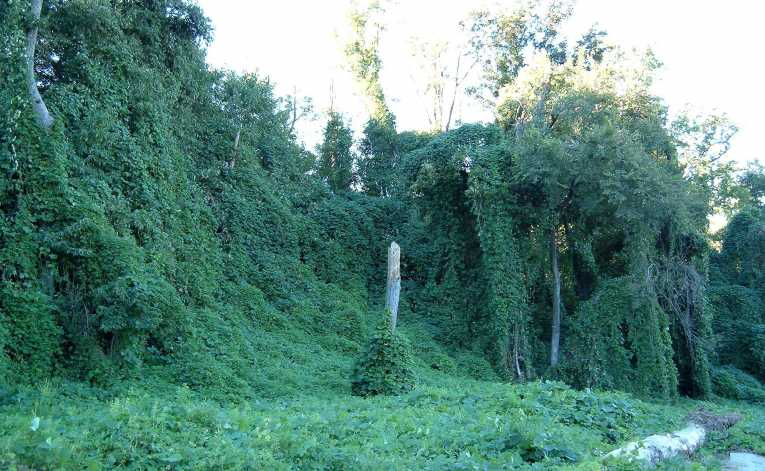A recent study by the Nairobi-based Global Invasions Species Programme indicates that a combination of a warmer world, more extreme weather and higher levels of planet-warming carbon dioxide have the potential to devastate ecosystems on land and sea.
The report, funded by the World Bank, warns that climate change is set to drive the spread of invasive plant and animal species that will pose a threat to forests, fisheries and crops. This will be a double blow both to the environment and the economic livelihood of the population.
The report was issued during a major UN meeting in Japan that aimed at combating the destruction of nature. The report estimates that the total damage worldwide caused by invasive species totals more than $1.4 trillion per year, which is around 5% of the global economy.
A combination of climate change, pollution, deforestation and over-hunting have led to a rapid rise in extinctions, threatening the richness of nature and ultimately the vital services of clean air, water, food and health.
Climate change and the rise in number of invasive species are presented by the report as two of the greatest threats to biodiversity and the provision of valuable ecosystem services. There are countless numbers of invasive plants and animal that have proved to much more capable than local species of surviving in a growing hostile environment. This can lead to erosion, damage to crops, livestock and fisheries and lost income from tourism.
Of particular concern is that some local species are becoming less able to adapt to warmer temperatures or more extreme droughts and floods, making them vulnerable to other species that have much higher tolerance levels.
Climate change can also alter the environment's delicate balance. An example of this is the devastation caused to large areas of North American forest by an explosion in numbers of native mountain pine beetles following a series of warmer winters.
In some cases human intervention is to blame. The lionfish is native to the coral reefs of the South Pacific, the Indian Ocean and the Red Sea, but following its release in the Caribbean in the mid-1980s its spread has been rapid. This lionfish is a voracious predator and has no natural enemies in the Caribbean. The warming ocean temperatures has helped it to thrive and it now poses a serious threat to local fish, shrimp and crab populations.
Along the west coast of the United States and Canada the European green crab is threatening native clam mussel and crab species. It is thought that they arrived in the ballast water of ships.
Agriculture supports the livelihoods of more than a third of the world's population and there is concern that climate change will impact agriculture by increasing the incidence and intensity of invasive species, undermining food security.
The study called on policy makers of all nations to take steps to halt the spread of non-native species, and to develop early detection systems that will restore and protect existing ecosystems, thus making them more resilient.










